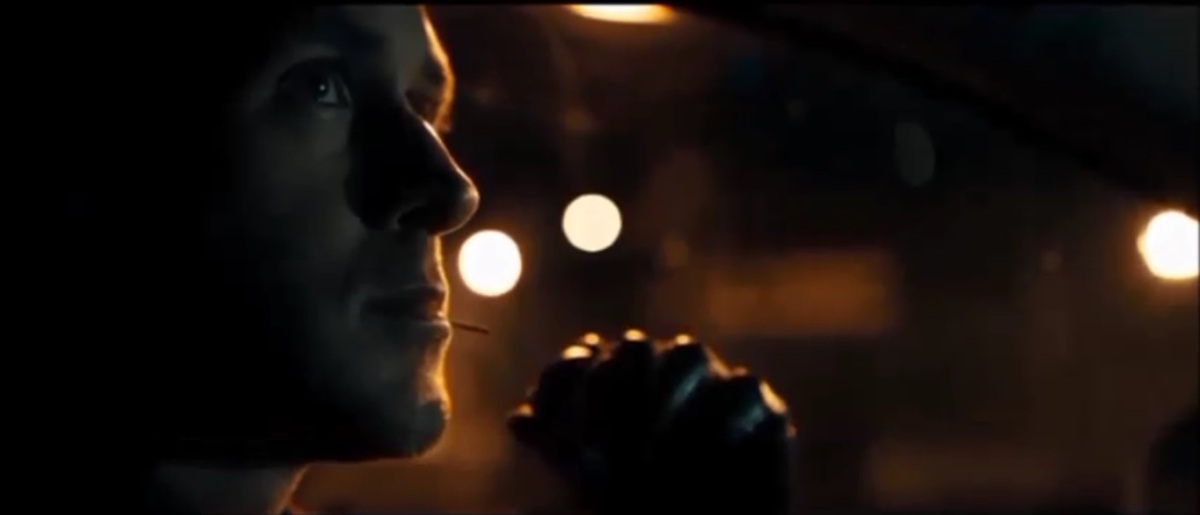This is the third post in a series looking at how Nicolas Winding Refn engages with a recurring notion or approach to masculinity in his films. This series is based on the first draft of the second chapter of my Master’s thesis, titled Gangstas, Thugs, Vikings and Drivers: Global Hegemonic Masculinity and Cinematic Masculine Archetypes in the Films of Nicolas Winding Refn. In this post, I examine the concept of individualism as it relates to masculinity. As always, this is a work in progress, so if you are interested in quoting any of the information here, please contact me first for permission. Additionally, I welcome any and all feedback, so please feel free to let me know if you have any suggestions about how the work could be improved or altered. Thank you.
INDIVIDUALISM AND MASCULINITY
In addition to stoicism, Nicolas Winding Refn is also using his films to explore the concept of individualism, which is another important component of the hegemonic masculine ideal that is perpetuated by mass culture (Cowen, 2004; Connell, 2005; Nestingen, 2008). Indeed, many of the films that Refn claims he is drawing upon when making his own films feature lone heroes, such as in the Leone Westerns, or protagonists who consider themselves tough individualists, such as Travis Bickle in Martin Scorsese’s Taxi Driver (1976) or Popeye Doyle in William Friedkin’s The French Connection (1971). Furthermore, stoic heroes are often portrayed as rugged individuals who possess an excess of physical toughness and a personal set of skills (Robinson, 2013). Thus, stoicism and individuality appear to be two hegemonic masculine traits that often go hand in hand. The protagonists in nearly all of Refn’s films are (or consider themselves to be) rugged individuals who are determined to make it on their own, whether they directly embody the hegemonic masculine ideal, or are simply engaged in an act of complicit masculinity in order to gain the benefits of hegemony (Kahn, 2009). Therefore, Refn’s exploration of individuality indicates that he is once again drawing from this mythical masculinity that represents a stable notion or approach to masculinity that has been created and reinforced by mass culture.
Continue reading “Violent Masculinity in the films of Nicolas Winding Refn: Part III”











